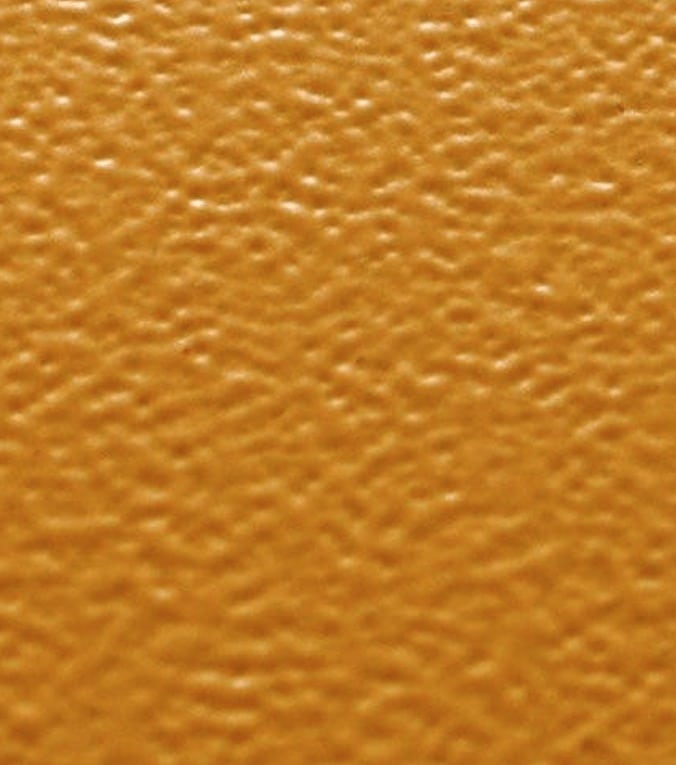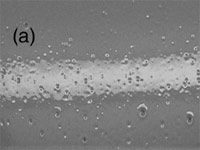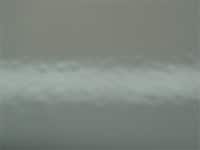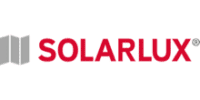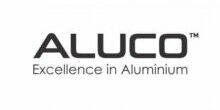Polyester powder coating is a high quality finish that has been used in the colouring and finishing of aluminium for over forty years. It is regarded as the very best way of applying colour, protection and durability to aluminium windows, doors and screens whether for a commercial or residential installation.
We are often contacted by window companies asking advice on what to do about complaints from their customers unhappy with the powder coated finish and believing it to be substandard. Often the customer is viewing the product very closely and believes the paint quality to be at fault.
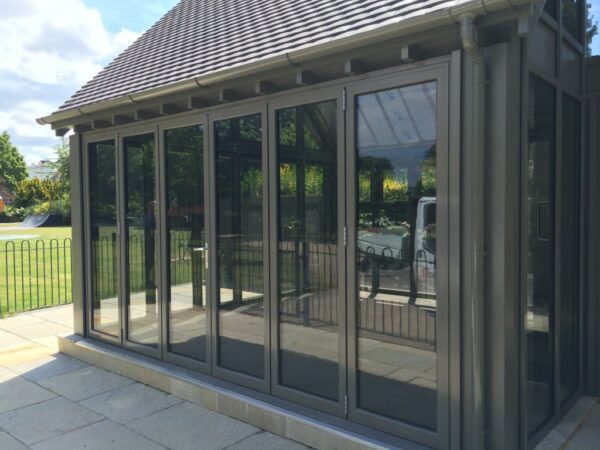
You will already know that for glass units there are established guidelines for determining what constitutes a defective unit. The Glass and Glazing Federation as an example have a publication explaining how to do a professional check on glass after installation. This explains that you have to stand no less than 2 metres from the glass and look straight throught it. If there are no visible defects, the glass is deemed as acceptable.
But did you know that for powder coated finishes on aluminium windows and doors there are also similar standards and guidelines?
Defects in powder coated finishes.
Polyester Powder Coating involves a series of processes to create a coloured aluminium extrusion that is then used to manufacture a window or a door. These processes involve cleaning and pretreatment, the coating process itself and the curing of the aluminium finish.
There are many reasons why a powder coated finish can have imperfections. These include:
- Insufficient pretreatment and cleaning of the mill finish extrusion
- Defects in the aluminium extrusion itself such as die lines or surface damage
- Incorrect cleaning of paint booths for example cleaning and changing from having painted a white bar to painting another colour.
These as well as other factors can cause imperfections or defects in the powder coated finish.
Managing Customer Expectations.
If you’ve ever had to attend an installation to inspect a window, the glass or other component quite likely you have taken a representative from your suppliers. It is frequently the case that even though qualified technical people are telling the customer that their product is “to standard’ or “within tolerances”, this is still not acceptable.
For powder coatings there are professional organisations and associations that certify, test and advise the powder coaters. All have very detailed documentation, standards, guarantees and certificates of conformity. These guidelines and standards would typically set out:
- What processes have to be in place to ensure a satisfactory paint finish
- What corrective measure should be taken to avoid defects in paint finish
- The required paint thickness (measured in microns),
- Test panels and other routine checks that need to be carried out.
A professional powder coater that is approved and carries the official Qualicoat or other certification will always adhere to established standards and procedures. It is also worth bearing in mind that these professional finishers and applicators undergo routine testing with inspection visits often carried out unannounced.
It is also worth knowing that right down the supply chain there are Quality Management systems in place. Extruders, finishers and many good window and door manufacturers all have their own Quality Management Systems in place so it stands to reason that your aluminium extrusion has undergone checks at every stage of the production process.
What the standards say.

Qualicoat is a quality label organisation on a global scale. Their role amongst many is to ensure ongoing quality of paints, lacquers and coatings on aluminium when used for architectural applications. Suffice to say there are no set standards for a ‘domestic’ setting but it is generally accepted that these standards apply to both commercial and residential powder coated products.
The current British Standard and European Standard for powder coating is covered in BS EN 12206-1:2004, ‘Paints and varnishes – Coating of aluminium and aluminium alloys for architectural purposes’. This has replaced the earlier British Standard BS 6496:1984.
These Standards state:
Qualicoat:
The significant surface shall be defined by the customer and is the part of the total surface which is essential to the appearance and serviceability of the item. Edges, deep recesses and secondary surfaces are not included in the significant surface.The organic coating on the significant surface shall not have any scratches through to the base metal. When the organic coating on the significant surface is viewed at an oblique angle of about 60° to the upper surface, none of the defects listed below shall be visible from a distance of 3 metres: excessive roughness, runs, blisters, inclusions, craters, dull spots, pinholes, pits, scratches or any other unacceptable flaws.
The organic coating shall be of even colour and gloss with good hiding power. When viewed on site, these criteria shall be fulfilled as follows:
• for parts used outside: viewed at a distance of 5 m
• for parts used inside: viewed at a distance of 3 m
The Current Standard:
When the coating on significant surfaces is illuminated and examined at an oblique angle with normal or corrected vision, no blister, craters, pinholes or scratches shall be visible form a distance of 3m (products for inside use) or 5m (products for outside use). The coating shall be free from defects extending down to the substrate.
So what constitutes a defective powder coated finish?
In the same way as glass a defective powder coated finish is one that that falls outside the guidelines set in the Qualicoat and the European Standards when viewed from a set distance.
In practical terms this may not appease the end user, however all of us involved in installations have at some point experienced the type of customer that will inspect every element of their new windows with microscopic precision. It is managing this expectation that is important.
In our experience you will never obtain a 100% uniform finish, in the same way you won’t get a 100% defect free double glazed unit. This is why these standards are in place.
Therefore defects in a powder coated finish whilst rare to be glaringly obvious, may be evident when the painted profile is viewed very close up and outside these guidelines.
The defects shown in our image gallery appear worse when viewed from very close up. The right processes should avoid a severe case of orange peel effect, inclusions or other defects.
What do we recommend?
In the vast majority of cases there is rarely an issue. However if you are experiencing situations where the end user is voicing concerns as to the quality of the paint finish there are some simple steps you can take.
If you purchase aluminium windows, doors, bifolding doors or other powder coated aluminium products from one or more suppliers it will help you to be armed with the right information beforehand.
Contact your suppliers and they, in conjunction with their powder coaters, should be able to give you copies of these Standards any any other supporting documents on their own official paperwork.
The same should apply to any systems companies such as Senior Architectural, Smart Systems and others that have their own in-house powder coating plants.
Contact us if you’d like to receive the full version of the Qualicoat Standard and an extract from the European Standard.

